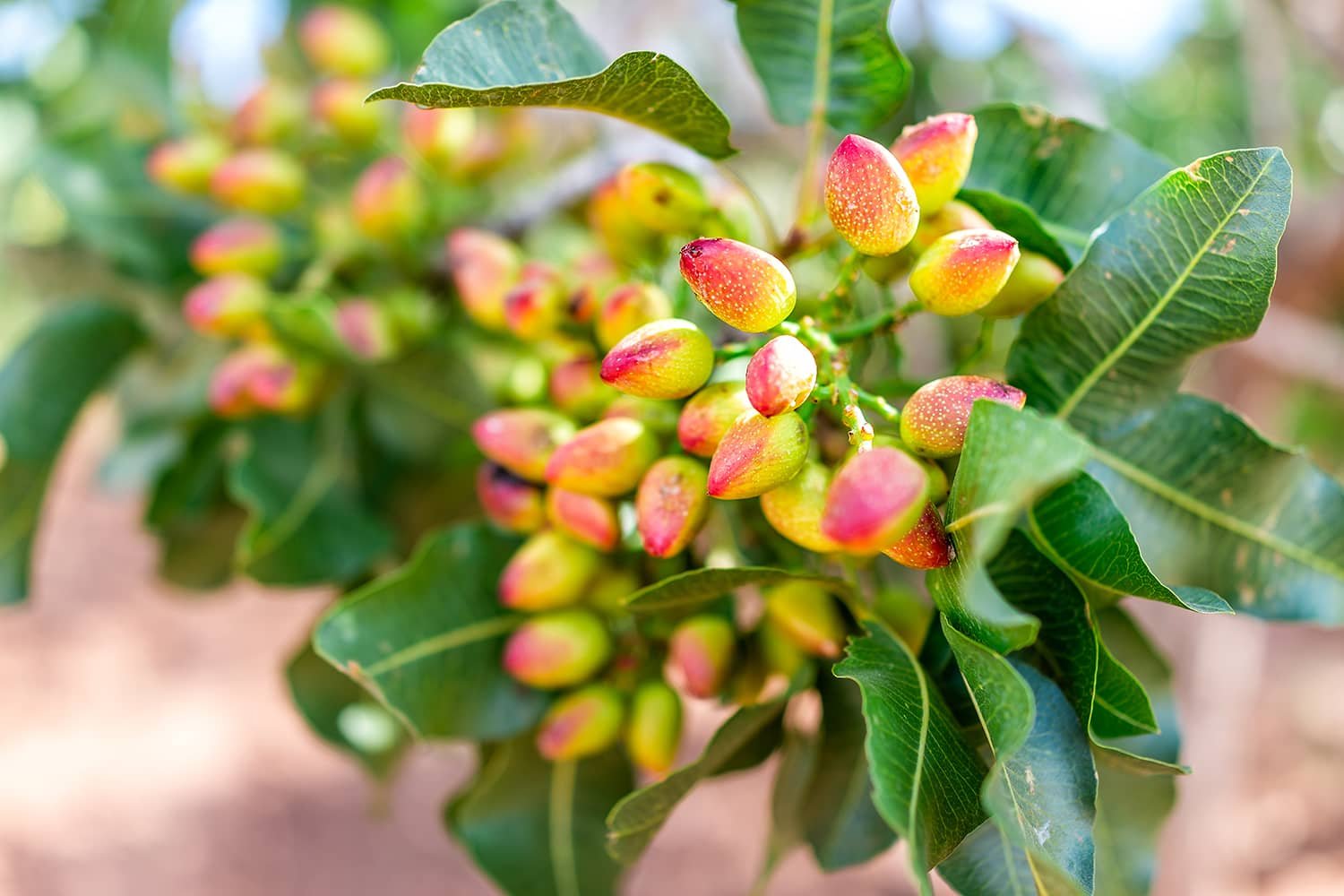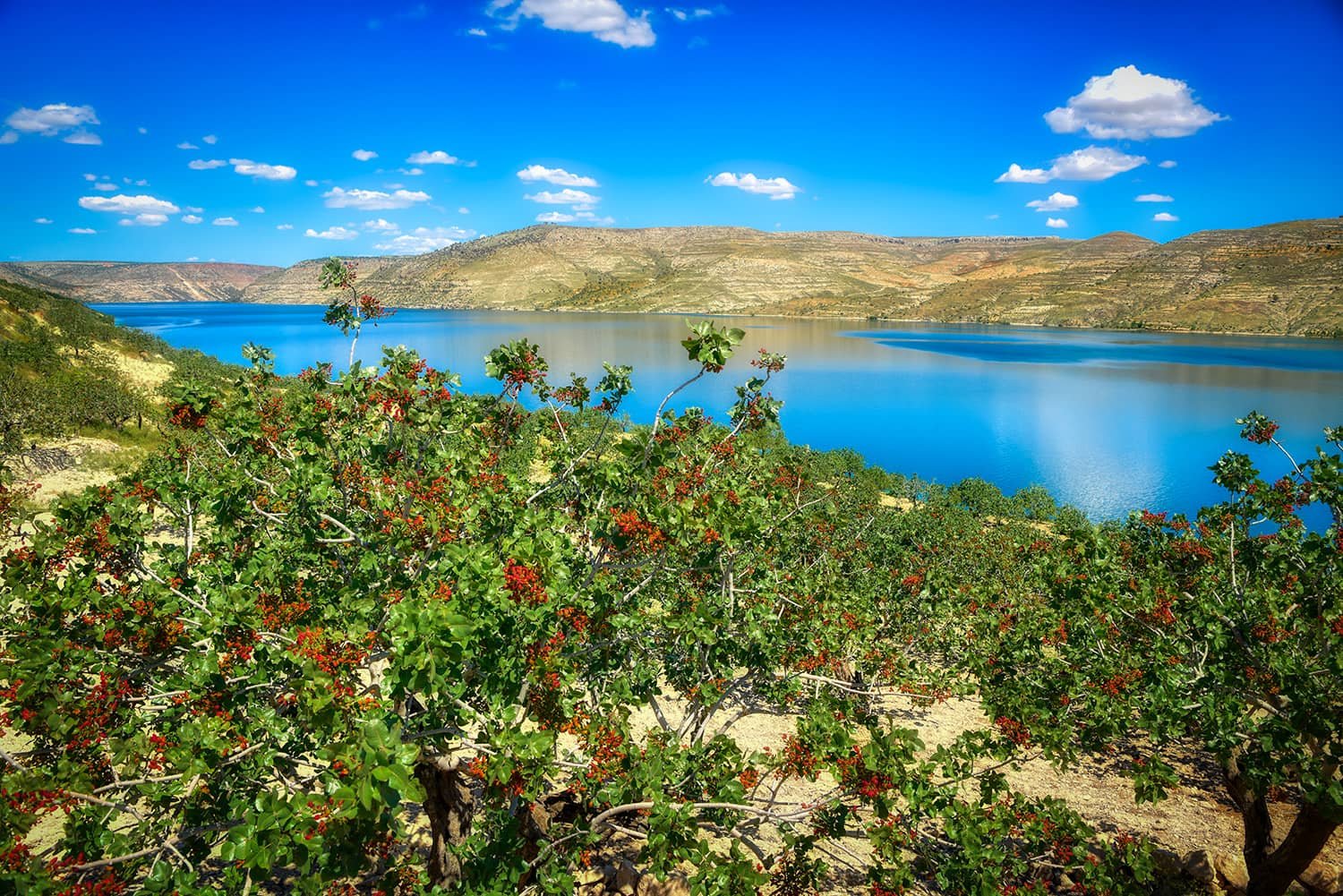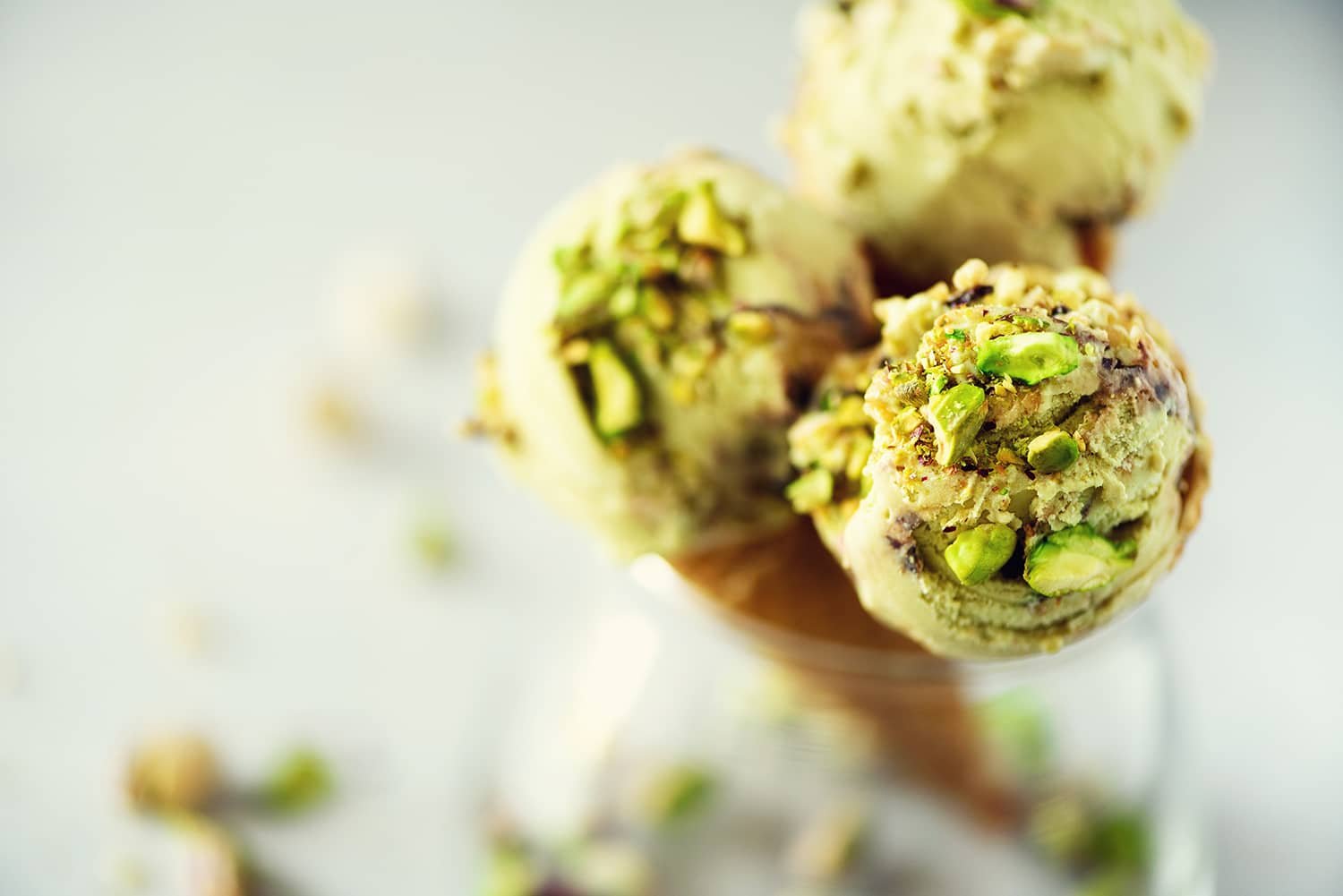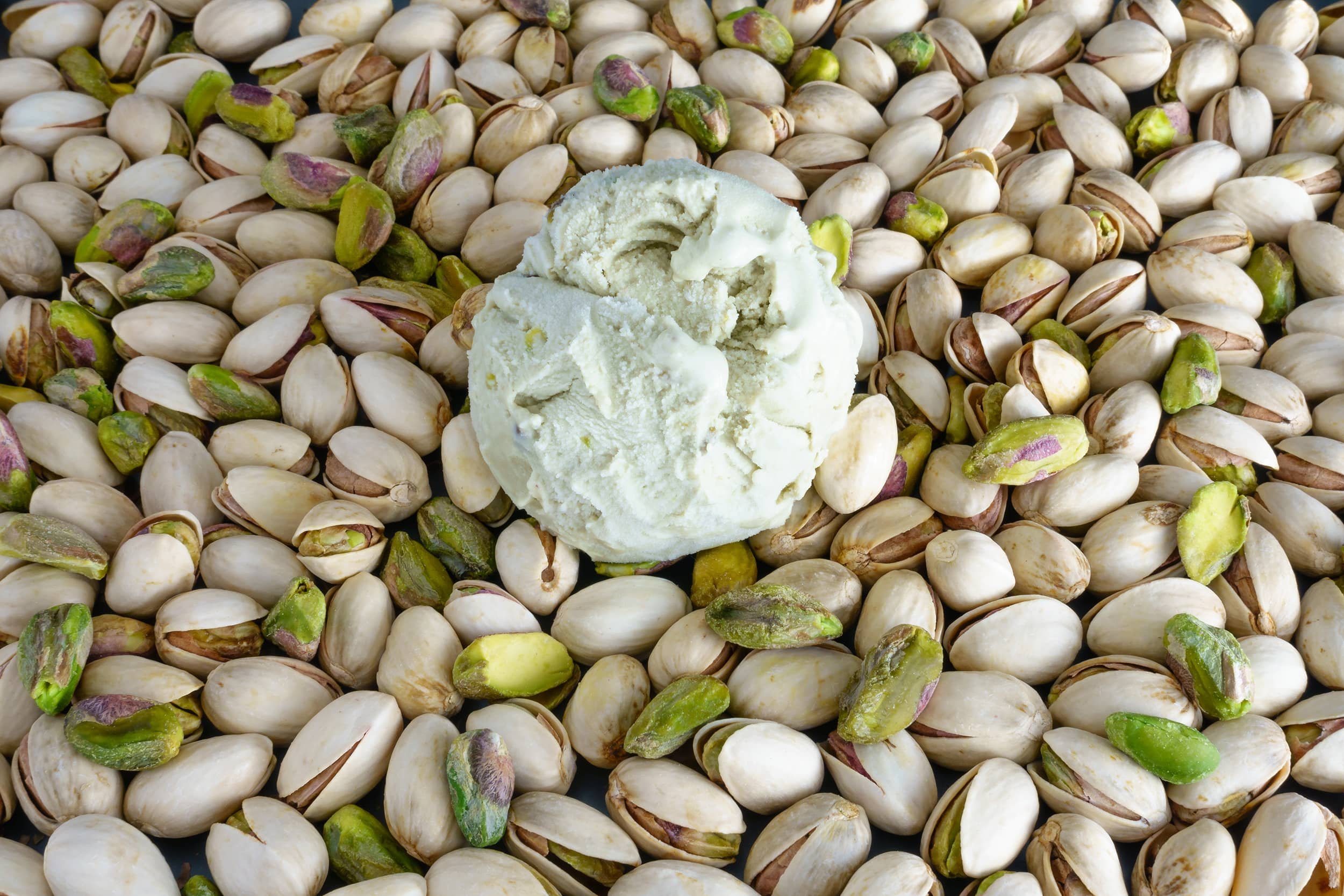Surprising Facts about Pistachios
Pistachio Seeds.
Did you know Pistachio is a tree? It is a member of the cashew family, originating from Central Asia and the Middle East. People have been eating pistachios for thousands of years and we love to make our popular gelato with Pure Pistachio Butter from Sicily.
The Italians were ahead of the game. In the first century A.D. Emperor Vitellius introduced Rome to the pistachio. Apicius, Rome's 5th-century A.D. recipe book, and that era's version of Julia Child's Mastering the Art of French Cooking, includes pistachios.
That which we call a pistachio is known as the "smiling nut" in Iran and the "happy nut" in China. They're also known as the "green almond."
The kernels can have different colors, ranging from yellow to shades of green. At GelatoLove we don’t use any food coloring, so our pistachio gelato is a beautiful shade of light brownish green.
Among the health benefits of pistachios, we find high levels of unsaturated fatty acids an potassium. They both have antioxidant and anti-inflammatory traits. They can also lower your chances of cardiovascular disease.
Since Pistachios are bursting with fiber, minerals and unsaturated fat, they can help keep your blood sugar, blood pressure, and cholesterol in check.
Pistachio trees were introduced from Asia to Europe in the 1st century AD by the Romans. In the 19th century, the pistachio was cultivated commercially in parts of the English-speaking world, such as Australia along with New Mexico and California, where it was introduced in 1854 as a garden tree.
The pistachio tree may possibly live up to 300 years. Production is biennial-bearing, meaning the harvest is heavier in alternate years. Peak production is reached around 20 years.
Each pistachio tree averages around 50 kilograms (110 lb) of seeds, or around 50,000, every two years.





